Accessing table data from RDS using lambda function with encrypted key (KMS) and Environment variable
Step 1 :- First Enable key in KMS(Key Management Service (KMS))

Review your key Policy and Done! with KMS creation
{
"Id": "key-consolepolicy-3",
"Version": "2012-10-17",
"Statement": [
{
"Sid": "Enable IAM User Permissions",
"Effect": "Allow",
"Principal": {
"AWS": "arn:aws:iam::163806924483:root"
},
"Action": "kms:*",
"Resource": "*"
},
{
"Sid": "Allow access for Key Administrators",
"Effect": "Allow",
"Principal": {
"AWS": "arn:aws:iam::163806924483:user/User1@gmail.com"
},
"Action": [
"kms:Create*",
"kms:Describe*",
"kms:Enable*",
"kms:List*",
"kms:Put*",
"kms:Update*",
"kms:Revoke*",
"kms:Disable*",
"kms:Get*",
"kms:Delete*",
"kms:TagResource",
"kms:UntagResource",
"kms:ScheduleKeyDeletion",
"kms:CancelKeyDeletion"
],
"Resource": "*"
},
{
"Sid": "Allow use of the key",
"Effect": "Allow",
"Principal": {
"AWS": [
"arn:aws:iam::163806924483:user/User1@gmail.com",
"arn:aws:iam::163806924483:user/User2@gmail.com",
"arn:aws:iam::163806924483:user/User3@gmail.com"
]
},
"Action": [
"kms:Encrypt",
"kms:Decrypt",
"kms:ReEncrypt*",
"kms:GenerateDataKey*",
"kms:DescribeKey"
],
"Resource": "*"
},
{
"Sid": "Allow attachment of persistent resources",
"Effect": "Allow",
"Principal": {
"AWS": [
"arn:aws:iam::163806924483:user/User1.dilip@gmail.com",
"arn:aws:iam::163806924483:user/User2@gmail.com",
"arn:aws:iam::163806924483:user/User3@gmail.com"
]
},
"Action": [
"kms:CreateGrant",
"kms:ListGrants",
"kms:RevokeGrant"
],
"Resource": "*",
"Condition": {
"Bool": {
"kms:GrantIsForAWSResource": "true"
}
}
}
]
}

Step:- 2 Create a policy in IAM for KMS assign to ur each lambda function
"StringEquals": {
"kms:EncryptionContext:LambdaFunctionName": [
"LambdaFunction-1",
"LambdaFunction-2",
"LambdaFunction-3"
]
}

Step 3:- Assign a Policy created in Step-2 to ur default lambda Role(1st Lambda need to be created to get default lambda role)

Step 4:- Create lambda Function
Node.js Code for lambda Function
const mysql = require('mysql');
const aws = require("aws-sdk");
const functionName = process.env.AWS_LAMBDA_FUNCTION_NAME;
let res;
let response={};
exports.handler = async(event) => {
reset_globals();
// load env variables
const rds_user = await kms_decrypt(process.env.RDS_USERNAME);
const rds_pwd = await kms_decrypt(process.env.RDS_PASSWORD)
// setup rds connection
var db_connection = await mysql.createConnection({
host: process.env.RDS_HOSTNAME,
user: rds_user,
password: rds_pwd,
port: process.env.RDS_PORT,
database: process.env.RDS_DATABASE
});
var sqlQuery = `SELECT doc_id from documents`;
await getValues(db_connection,sqlQuery);
}
async function getValues(db_connection,sql) {
await new Promise((resolve, reject) => {
db_connection.query(sql, function (err, result) {
if (err) {
response = {statusCode: 500, body:{message:"Database Connection Failed",
error: err}};
console.log(response);
resolve();
}
else {
console.log("Number of records retrieved: " + JSON.stringify(result));
res = result;
resolve();
}
});
});
}
async function kms_decrypt(encrypted) {
const kms = new aws.KMS();
const req = { CiphertextBlob: Buffer.from(encrypted, 'base64'), EncryptionContext: {
LambdaFunctionName: functionName } };
const decrypted = await kms.decrypt(req).promise();
let cred = decrypted.Plaintext.toString('ascii');
return cred;
}
function reset_globals() {
res = (function () { return; })();
response = {};
}
Now u should see KMS in Lambda.

Step 5:- Set Environment Variable and encrypt it.
Lambda ->Functions -> Configuration -> Environment Variable -> Edit
RDS_DATABASE docrds
RDS_HOSTNAME docrds-library.c1k3kcldebmp.us-east-1.rds.amazonaws.com
RDS_PASSWORD root123
RDS_PORT 3306
RDS_USERNAME admin
In Lambda Function to decrypt the encrypted environment variabled use below code
function kms_decrypt(encrypted) {
const kms = new aws.KMS();
const req = { CiphertextBlob: Buffer.from(encrypted, 'base64'), EncryptionContext: {
LambdaFunctionName: functionName } };
const decrypted = await kms.decrypt(req).promise();
let cred = decrypted.Plaintext.toString('ascii');
return cred;
}
My RDS document table looks like:-
I am accessing column doc_id using sqlQuery in lambda function
var sqlQuery = `SELECT doc_id from documents`;
After testing the lambda function, I get below output.

If u gets SQL import Error, then can must add a layer.

errorType": "Runtime.ImportModuleError",
"errorMessage": "Error: Cannot find module 'mysql'\nRequire stack:\n-
/var/task/index.js\n- /var/runtime/UserFunction.js\n- /var/runtime/index.js",
"trace": [
"Runtime.ImportModuleError: Error: Cannot find module 'mysql'",
You can configure your Lambda function to use additional code and
content in the form of layers. A layer is a ZIP archive that contains
libraries, a custom runtime, or other dependencies. With layers, you
can use libraries in your function without needing to include them in
your deployment package.
To include libraries in a layer, place them in the directory structure
that corresponds to your programming language.
Node.js – nodejs/node_modules
Python – python
Ruby – ruby/gems/2.5.0
Java – java/lib
First create a zip archieve that contain mysql archieve.
First create a react-project
Then in terminal $project-path > npm init
Then $project-path > npm install mysql
You should see node_modules folder created.
Zip node_modules that folder and upload on layer as shown below.
Then, Goto Lambda--> Layer-->Create layer.




